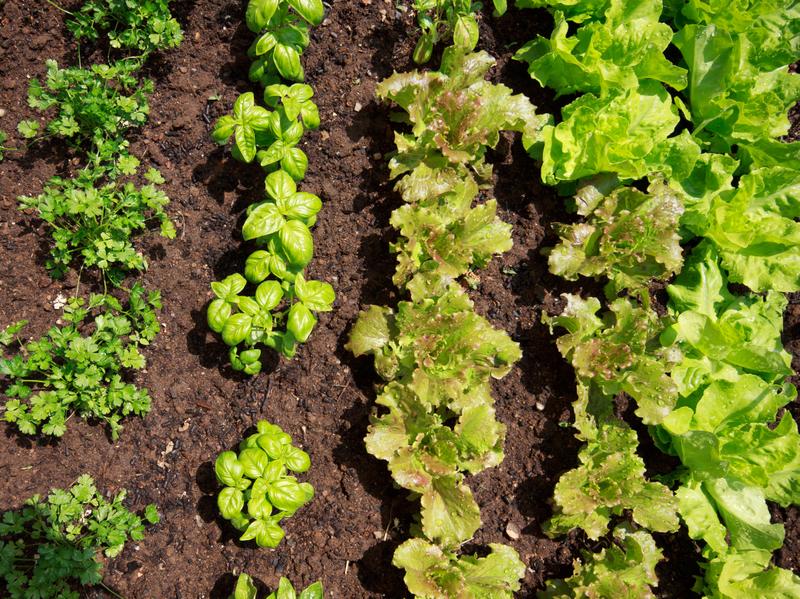If you’re like most of the parents we have heard vent about their kids’ eating, you have three main concerns:
- You want your children to eat enough.
- You want your children to eat primarily foods deemed “healthy.”
- You don’t want your children to eat too much, particularly of foods deemed “unhealthy”
… and you’d like them to do this now, tomorrow, through their teenage years and as adults. In this section we will be discussing why today’s feeding environment is different enough to require us to feed in a different way than our parents or grandparents did.
Feeding Past & Present
100+ years ago there wasn’t much choice with regard to food. Each culture tended to have their small selection of foods and nobody worried much about lack of variety. The concern for all but the wealthiest people was getting enough to survive. The recipe finding/swapping power of the internet was nonexistent and you made do with what was available. Your great-grandmothers surely did not think about being “green” with her food choices, she didn’t worry about genetically engineered food, whether her kids were overdoing their sugar intake for the day, or if gluten was something to avoid or not.
We’ve come a long way, in both good and bad ways. While we have not eradicated food insecurity in the United States, for the most part most people have constant access to food. Instead of cooking and food prep taking most of our day, we can drive to get take-out, use a microwave, and buy pre-chopped, pre-grated anything — without having to grow it ourselves. Our great grandparents didn’t worry about how much sweets their kids ate because sweets weren’t available at every corner, at school, at church, and at every bank drive-through. Vegetables just were (or were not) part of meals and most of it was grown at home.
We live in a very different food culture today than that of our parents’ and grandparents’ decades ago. Feeding & eating habits that may have seemed fine and “harmless” in times when getting enough food was difficult, just aren’t a good match for today. So the feeding strategy we choose needs to take into account the world we live in and the constant availability of every kind of food imaginable. Barring a major disaster or drastic change in life circumstances, our kids are unlikely to ever experience chronic hunger.
So how do you choose a feeding strategy in today’s food environment of abundance? We suggest that an effective feeding strategy meets the following criteria:
1) Takes into account a child’s biological drive to eat.
2) Takes into account a child’s drive to learn.
3) Maintains/re-establishes natural self-regulatory skills.
4) Maintains/creates a positive relationship with food and eating in the face societal messages that support the opposite.
5) Does no harm.
In thinking about the ways we grew up and our nutrition counseling experience it seems most parents try to “correct” the food problems they grew up with. Those of who had food pushed on them as kids, may try to back off. But even parents who are sensitive to being overtly pushy might use bribery because they want to see their kid eating what they think is good…and they don’t know another way to get the job done. Those who grew up with scarcity want their kids to experience the joy of abundance—thus they fear putting limits on their child’s eating. Perhaps limits feel too much like a reminder of times when there wasn’t enough.
Being laissez-faire about food and letting children eat without limits or structure may feel refreshing to someone who grew up being forced to eat or who spent their life in scarcity, but our children are not living in that world. And there are options that don’t involve force, bribery, or permissiveness.
The strategy you’ll be learning in this class comes down to an issue of trust:
A) Trusting your child will get the right amount to eat while you provide structure.
B) Being trustworthy about food by providing structure, a pleasant eating atmosphere, and safe foods.
Can it be that simple? Mostly, YES! But of course implementing something new is rarely easy. So we will walk you through it!
Coming Up Next: Your new feeding “job description”
Assignment/Discussion: Think about the following questions and respond below:
How were you fed as a child and how does it compare to how you feed your children now? Ex: Were your parents strict? Did you have to clean your plate or eat your veggies? Were you given lots of freedom? Were you allowed to graze? Were your parents health-conscious? Did your family eat together or did everyone fend for him/herself? Were mealtimes pleasant?

